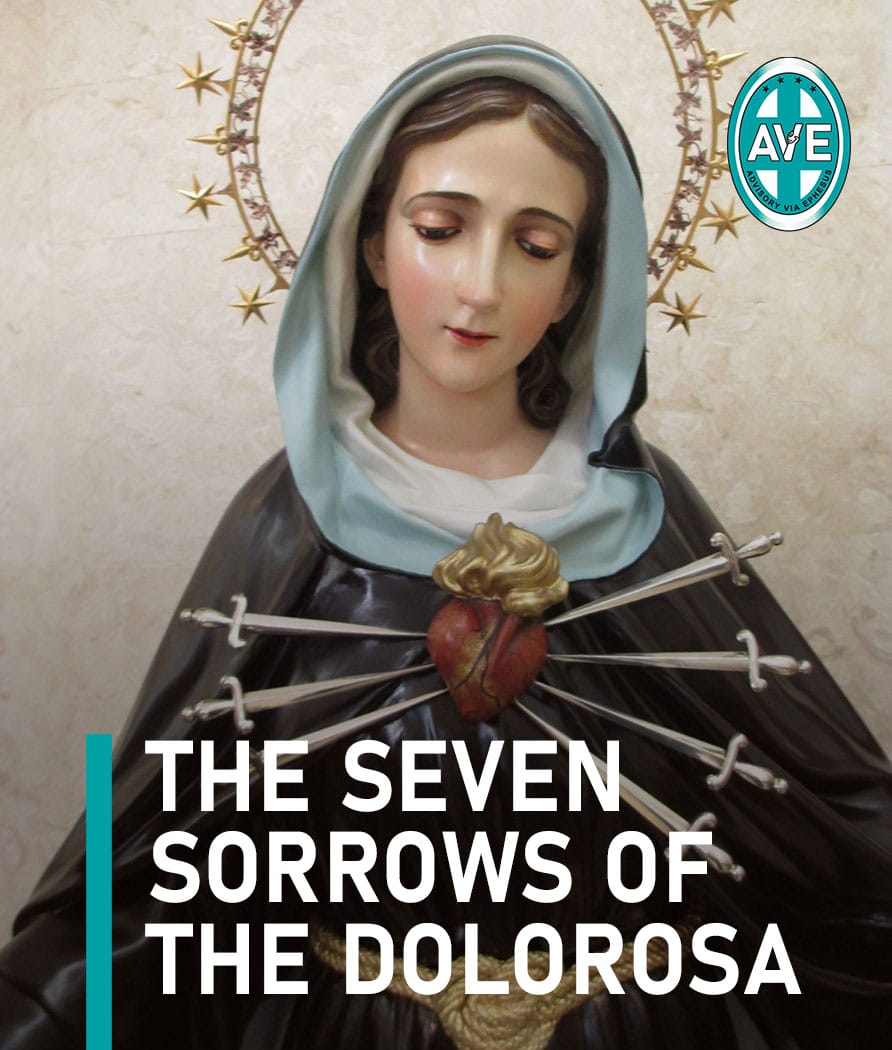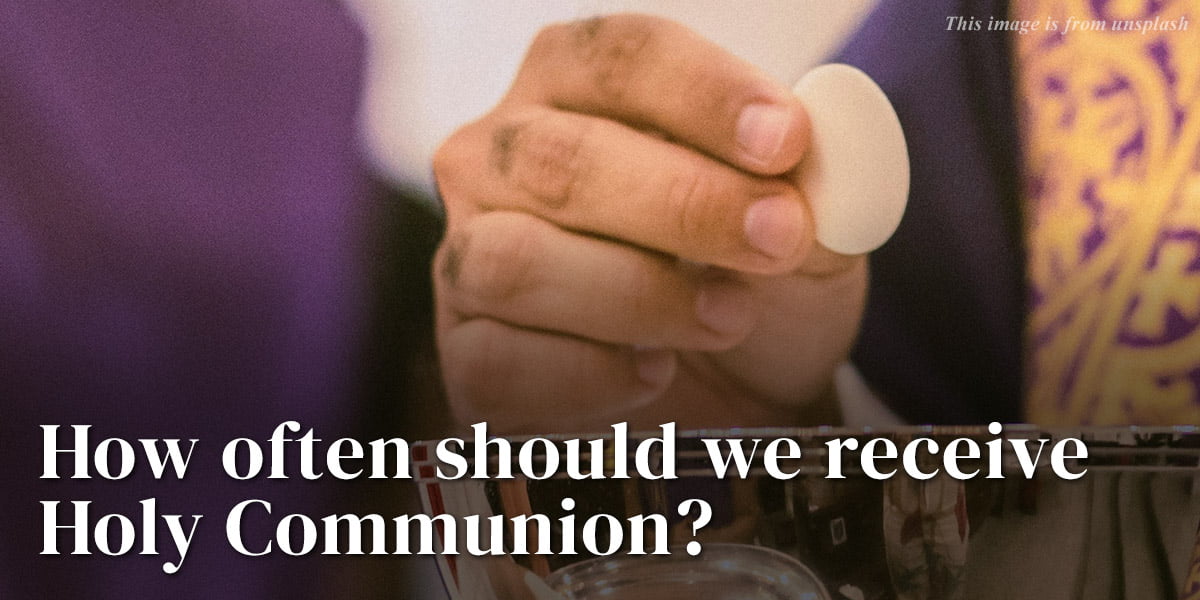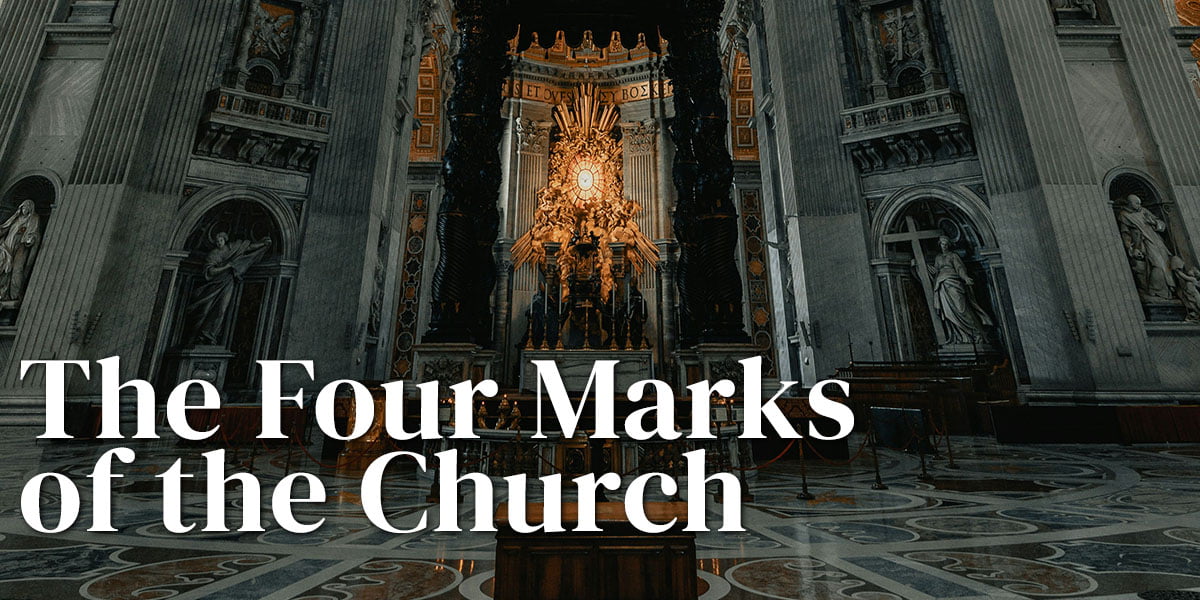Prior to Vatican II, the Catholic Church used Latin as its official language, especially during the Holy Mass, in previous centuries. But there are two particular languages that were used in the Holy Mass that are not Latin: Hebrew and Greek. Hebrew is the language of the Jews, while Greek is the primary language of the Catholic Church, particularly during Holy Mass until it was changed into Latin. In 1570, it was the language used for the Holy Mass. But two prayers remain in their original language. One of them is Kyrie Eleison or ‘Lord Have Mercy’.











